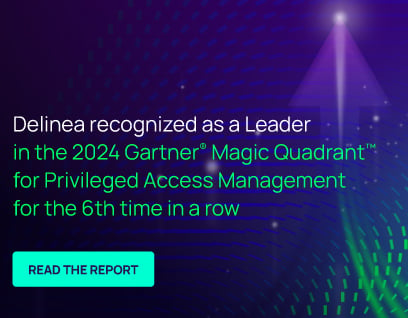Information Security (InfoSec)
What is InfoSec?
Information security—often shortened to InfoSec—is the discipline of protecting sensitive data from unauthorized access, use, or exposure. It’s about making sure the right people have access to the right information at the right time—and that it stays protected from misuse or compromise.
While it includes technologies and tools, InfoSec is also about strategy. It connects to compliance, operational continuity, and ultimately, business trust. In short: good security protects more than systems—it protects your business outcomes.
The principles that guide InfoSec
At the core of every InfoSec program is the CIA triad:
- Confidentiality: Keep data private and visible only to those with permission.
- Integrity: Make sure data isn’t changed, deleted, or corrupted without authorization.
- Availability: Ensure systems and data are accessible when they’re needed most.
Whether it’s controlling access, encrypting data, or planning for outages—strong security teams build around these three principles.
InfoSec vs. cybersecurity: What’s the difference?
The two terms are closely linked—but not identical.
Cybersecurity is broad. It covers threats across networks, devices, applications, and beyond. InfoSec, on the other hand, zooms in on protecting the data itself—regardless of where it lives. It’s a subset of cybersecurity, but with a laser focus on information.
Why identity matters in InfoSec
Modern attackers aren’t always breaking in through code—they’re logging in with stolen credentials. That makes identity the new frontline. Once someone gains access to a privileged account, they can move laterally, escalate privileges, and cause widespread damage—often without tripping alarms.
That’s why identity-first security is now a core part of InfoSec. Controls like least privilege, Multi-factor Authentication (MFA), and Privileged Access Management (PAM) reduce risk by shrinking the attack surface—and limiting what a compromised user can do.
A real-world example of InfoSec in action
A global legal firm detects unusual activity from an internal admin account. Initial signs point to credential compromise—possibly through phishing. But with PAM in place, there’s no standing access to critical systems.
Because access is provisioned on demand and tightly monitored, the firm quickly isolates the session, disables the user account, and begins investigation. No client data is exposed. Business continues uninterrupted. And regulators are informed within required timelines—demonstrating both control and transparency.
Why InfoSec needs to be integrated—not siloed
Your information security program isn’t just an IT initiative—it’s a business priority. And it works best when it’s aligned with enterprise risk, compliance, and identity strategies.
Start by asking:
- Which data matters most to your business?
- Who has access—and how is that access controlled?
- What happens if credentials are compromised?
These are InfoSec questions—and the answers help protect what matters most: your operations, your customers, and your reputation.
